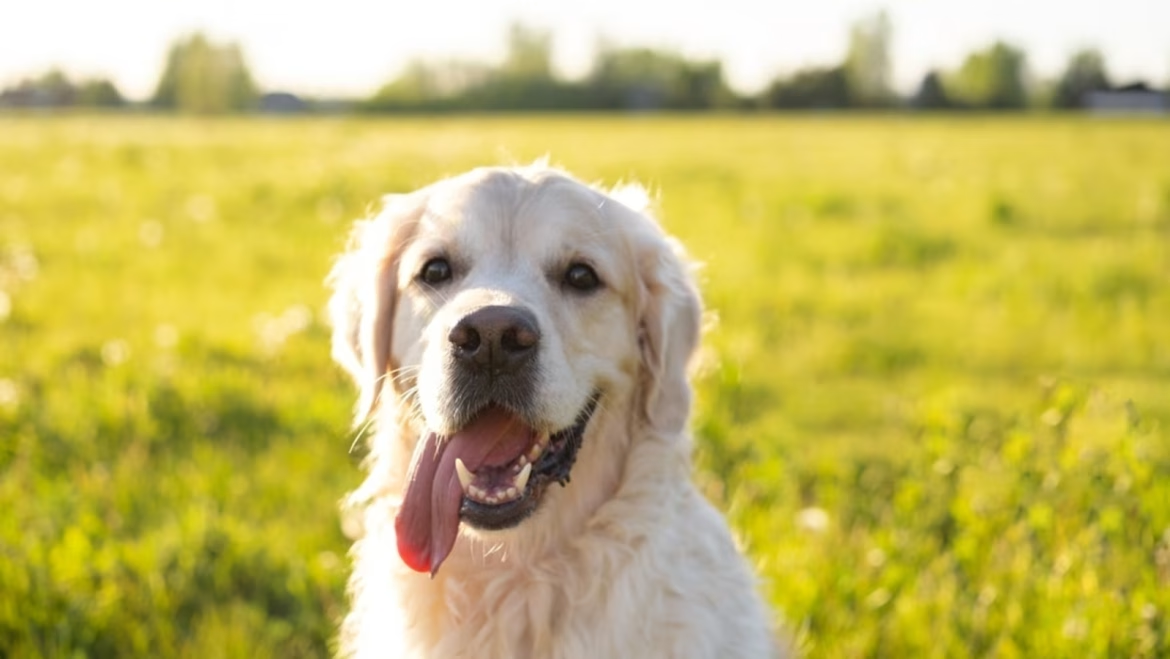As the seasons change in our region, so do the health needs of our pets. Just like people, animals are affected by shifts in temperature, humidity, allergens, and even activity levels. From summer heat to winter chills, each season brings unique challenges that require attentive care and preventive steps to keep pets safe, healthy, and comfortable.
Whether you have a dog who loves long walks, a cat who lounges by the window, or a senior pet with mobility concerns, understanding how to adjust your care throughout the year can make a lasting difference in their well-being.
Here’s a seasonal guide to help you keep your pets healthy year-round.
Spring: Allergy Season and Parasite Prevention
Spring is a time of renewal, but it can also bring a wave of allergens, parasites, and other risks for pets.
Watch for Allergies:
As trees, grasses, and flowers bloom, pets can suffer from seasonal allergies just like humans. Itchy skin, watery eyes, sneezing, or excessive licking may be signs of an allergic reaction. Dogs are particularly prone to skin irritation from pollen and mold.
What to Do:
- Wipe your pet’s paws and coat after outdoor time to reduce allergen buildup.
- Speak with your vet about safe allergy relief options.
- Consider hypoallergenic shampoos to soothe irritated skin.
Parasite Control Is Crucial:
Spring also marks the start of flea, tick, and mosquito season. These pests can transmit serious diseases like Lyme disease, heartworm, and ehrlichiosis.
What to Do:
- Begin or continue year-round flea, tick, and heartworm prevention medications.
- Schedule a heartworm test before restarting preventatives if there was a lapse in coverage.
- Check your pet regularly for ticks, especially after hikes or time in wooded areas.
Summer: Beat the Heat
While summer offers plenty of outdoor fun, rising temperatures can pose serious health risks for pets, especially dogs.
Heatstroke and Dehydration:
Pets can overheat quickly, especially short-nosed breeds, seniors, and overweight animals. Panting, lethargy, drooling, and collapse are signs of heatstroke—an emergency that requires immediate veterinary care.
What to Do:
- Provide constant access to fresh, clean water.
- Avoid walking pets during the hottest part of the day.
- Never leave pets in parked cars, even for a short time.
- Offer shade and cool resting spots outdoors.
Watch Out for Hot Surfaces:
Asphalt and concrete can become dangerously hot in summer sun and may burn your pet’s paw pads.
What to Do:
- Test surfaces with your hand before walking.
- Walk pets early in the morning or after sunset.
- Use protective booties if needed.
Fall: Seasonal Transitions and Early Winter Prep
Fall can be a welcome relief from summer heat, but it’s also a season of preparation.
Adjust Activity Levels:
As days get shorter and temperatures drop, pets may become less active. It’s a great time to reassess their diet and exercise routines to avoid seasonal weight gain.
What to Do:
- Keep up regular walks or indoor play to maintain healthy weight.
- Monitor for early signs of joint stiffness, especially in senior pets.
Keep Up Parasite Prevention:
Ticks remain active into late fall, and heartworm prevention should be continued year-round, not just during the summer.
Start Thinking About Winter Prep:
Now is a good time to check bedding, booties, coats, or other cold-weather gear your pet might need when the temperatures dip.
Winter: Cold Weather Hazards and Comfort
Cold, icy winters can be tough on pets—especially smaller breeds, short-haired animals, or those with arthritis.
Frostbite and Hypothermia Risks:
Extreme cold can damage exposed skin, especially on ears, tails, and paws. Pets left outdoors for too long are at risk for frostbite and hypothermia.
What to Do:
- Limit outdoor exposure in extreme cold.
- Dress pets in well-fitting jackets or sweaters.
- Use booties to protect paws from ice, salt, and chemical de-icers.
Watch for Seasonal Illnesses:
Winter can exacerbate respiratory conditions, especially in older pets or those with preexisting health issues.
What to Do:
- Keep indoor environments warm and free from drafts.
- Maintain regular vet checkups to monitor chronic conditions.
- Make sure bedding is soft and elevated off cold floors.
Year-Round Care Essentials
Regardless of the season, some aspects of pet care should remain consistent throughout the year.
Routine Veterinary Visits:
Annual wellness exams help catch health issues early, update vaccinations, and keep your pet on the right track.
Proper Nutrition and Hydration:
Adjust your pet’s diet based on activity level, weight, and any health concerns. Always provide fresh water.
Dental Care and Grooming:
Clean teeth and healthy coats contribute to overall well-being. Regular grooming prevents matting, skin problems, and helps you detect lumps, rashes, or pests.
Final Thoughts
Your pet depends on you to help them navigate the changing seasons safely. By adapting your care to the weather and environmental risks of each time of year, you not only protect your pet’s health—you enhance their quality of life.
From allergy support in spring to warmth and comfort in winter, proactive seasonal care can reduce health risks, prevent emergencies, and keep your pet happy and thriving all year long. And when in doubt, your local veterinary team is always your best resource for tailored advice and support. We recommend Douglas Animal Hospital.





